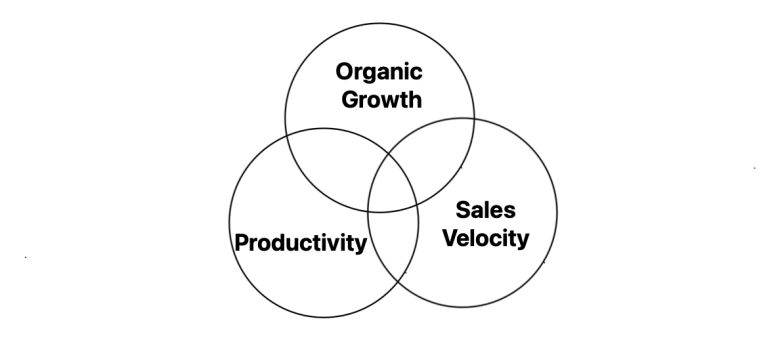
| July 31, 2024 | Comments Closed |
Keep Your Eye on These Three Growth Metrics
Over the last eight years, most insurance brokers firms have enjoyed significant organic growth riding the market tailwind of increasing rates. In fact, it would be challenging for any firm not to grow in this rate environment.
However, the latest Marsh index on commercial premiums indicates this tailwind will not be as strong in the future. As pricing stabilizes, brokers must shift focus from market-driven growth to strategic, self-driven growth.
There are three critical growth metrics you need to keep your eye on:
1. Organic Growth
Organic growth is the most important operating metric and a key indicator of your business’s overall health. Organic growth excludes acquisition activity and is primarily influenced by:
New Business: How many new clients and policies did we add?
Client Retention: How many existing clients and policies did we retain?
Rate: How is pricing impacting our book of business?
Exposures: Are the underlying exposures covered by our policies growing or shrinking?
2. Sales Velocity
New business is the lifeblood of any business and the most controllable growth factor. Sales velocity, expressed as a percentage, measures new commission and fee income written in the current year divided by the prior year’s commission and fees. This metric answers the question:
“Do we have a strong sales culture?”
Top-performing firms achieve a sales velocity of 12-13%, meaning they are generating $120K to $130K new business per $1 million in revenue.
3. Productivity
Productivity, expressed as revenue per employee, is a straightforward metric to calculate: total revenue divided by the number of full-time equivalent employees. This metric answers the question:
“Are our revenue generating staff focusing on the right activities to grow the business?”
Operating below average likely indicates a lower level of profitability than your potential, possibly because of revenue-generating staff not focusing on business growth activities and instead bogged down by administration work.
Make Continuous Process Improvement Your Focus
To continue producing superior growth results, follow these four steps:
Benchmark: Assess your current performance.
Identify Gaps: Determine where improvements are needed.
Strategize: Develop and implement strategies to close performance gaps.
Elevate: Continuously improve to stay ahead of the competition.
Now is the time to review and adjust your approach, and invest in your people and processes to ensure you continue to produce superior growth results and maintain a competitive edge in the market.


